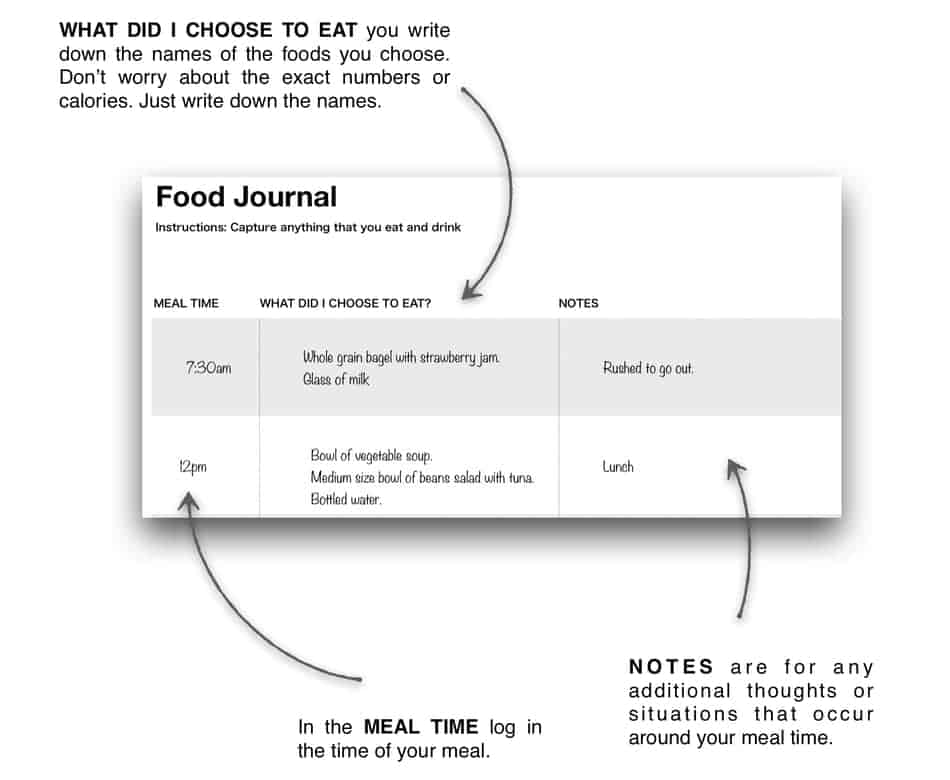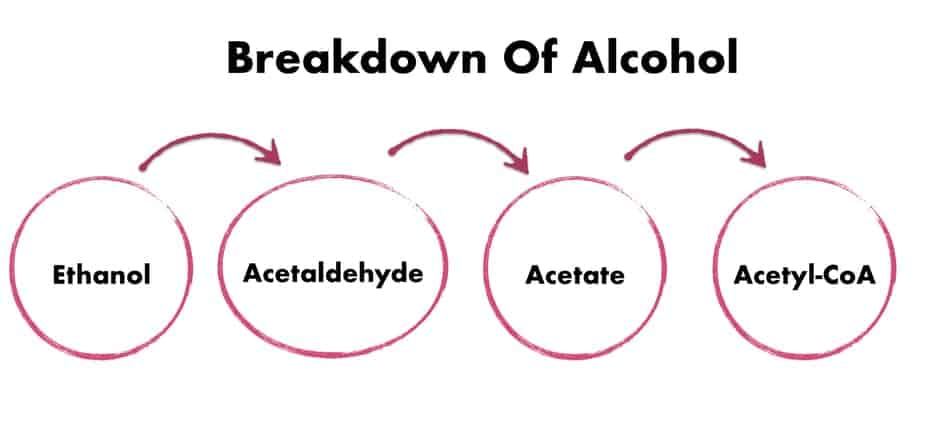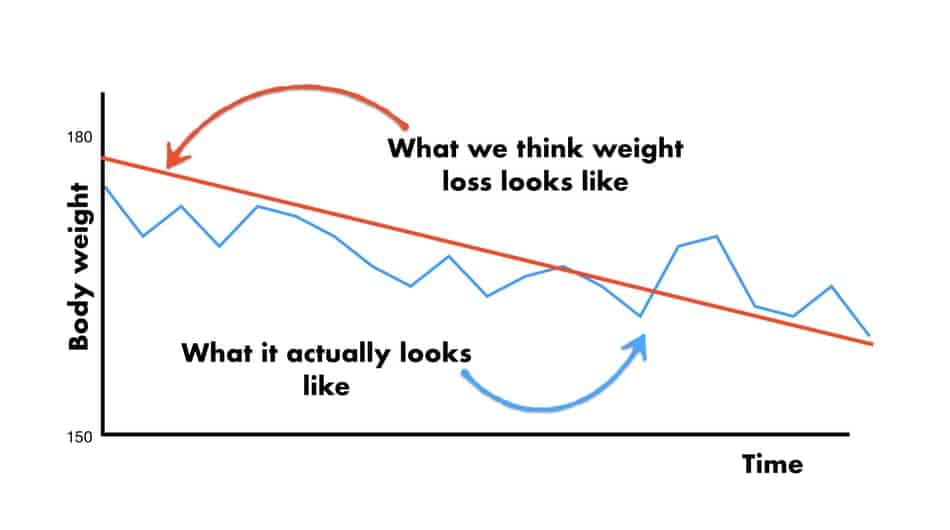
It can feel disheartening when all we see is inspiring before and after pictures of people who already succeed at OMAD, but when we look at our results, it doesn’t feel like it’s working.
From my experience, OMAD is not working because you are doing one of three things. You either eat too much, without even realizing it, you drink too much alcohol, or you have too high expectations.
So in this article, I will cover all three reasons, and hopefully, by the end, you will find your solution. And, instead of feeling demotivated, you will finally drop those unwanted pounds and become another success story.
Why OMAD Doesn’t Work?
First I will highlight that I’m not here to judge anyone. I’m just an exercise physiologist, and I don’t want to school anyone how to live their life. I believe that life is to be lived to some extent, and I don’t wanna tell you how to live yours.
So take the information from this article as a description of consequences, not as a judgment.
There are three key reasons why people’s OMAD is not working. One of them is eating too much food, often without even realizing it.
Reason #1: Mindless Eating
The other day I’ve noticed a bag of McDonald’s meals on the back of the seat of my car. I don’t usually eat there, so I’ve asked my girlfriend when did she eat at McDonald’s.
It took her literally 5 minutes to realize that indeed, she went on a couple of days ago on her way back from shopping to pop into the drive-thru and get a meal.
She simply forgot.
She said that she was on the phone with her friend from work, and she was thinking about some urgent situation that they had to solve. And she even forgot that she was eating.
Sounds familiar?
This just shows you that people who are constantly on the go, stressed out, or simply distracted by everything that is surrounding them, may tend to grab food, without even realizing it.
So if you’re eating one meal a day and you’re putting on weight, that may be one of the reasons.
Another example is when you’re on a night out and you swipe your credit card mindlessly on the left and right, without even paying attention to how much you spend. And only after you see the bill, you get this “Aha” moment.
We live in times full of distractions. Every year more and more people are using social media as a way to entertainment, education, news, communication, share feelings and stories, relax, and inspiration.
So it’s easy to get swamped and distracted with any bit of notification, email, message, newsfeed, picture, or video.
At work, we are bombarded with tasks, meetings, presentations, emails, daily reports, last-minute changes, emergencies, and so on.
Plus, during the regular day, we are making on average more than 221 food decisions per day (source). Chicken or pasta? Sauce or no sauce? Large or medium? With or without sugar?
My point is that when we are distracted we are not paying attention to what is happening around us. So when people are in a stressful situation, they can be physically present, but their mind is dancing somewhere else.
It happens to everyone!
This is what I call mindless eating.
It happens when people eat while watching or listening to something, while they are on the go, during or between meetings, while they are rushed, or in a group of people. They are focused on something else and do not pay attention to what they eat.
How to stop mindless eating? Or at least get more self-awareness?
Start using a food journal.
A food journal is a great tool not only to capture everything you eat, but it forces you to pay attention. It’s like a bill for a credit card.
Food journal brings your behavior from “invisible” into your conscious awareness. It can be done by anyone, anywhere and it’s free! Consciously writing down what you eat changes the behavior without even realizing it.
Here is the example of a food journal.
In this type of journal it’s not about how much calories you eat. It’s more about what are you eating, thinking and feeling.
This simple yet powerful practice can help you get out of this

Reason #2: Drinking Too Much Alcohol
Drinking alcohol while dieting is one of those conversations that coaches won’t address with their clients as they should. It’s like this elephant in the room that everyone seems to “ignore”.
But the reality is that alcohol can massively pull you back if you’re doing any form of caloric restriction.
The reason why alcohol is not the best idea while on OMAD is simply because it’s stopping your body from using fat for energy. It’s a fat-burning suppressant.

From the moment you have a drink, your body immediately starts to treat it like a toxin. And there is a long process from ethanol to Acetyl-CoA.
Your body will halt all the fat-burning operations and prioritize this process. In the end, after several hours, once your body receives Acetyl-CoA, now it can be used as energy.
This means it will signal to the body that it doesn’t need extra fat to be burned because it’s already got enough Acetyl-CoA for energy.
Apart from that, alcohol leads to dehydration and negatively affects sleep patterns.
Resting heart rate goes up, respiratory rate is up, core body temperature is up, fight or flight branch of the system goes up and negatively impacts REM stage of sleep.
On the surface, you may feel it’s good for sleep. But the reality is that you “lose consciousness” faster, but your sleep becomes more fragmented and it releases wake-promoted chemicals (that’s why you wake up more frequently) (source).
Again, I’m not in the position to judge or tell anyone how to live their life. But from my experience relying on alcohol on a daily basis is a way, very understandably, to manage the anxiety.
Reason #3: Too High Expectations
The third and last reason why is OMAD now working is having too high expectations.
We all want to get results, fast. In fact, if you look at Google, more people search for the term “lose weight fast” compared to “lose weight”.
Coincidence?

Not really.
That’s how we are designed. We want instant results.
We are not interested in delayed gratification. We don’t wanna be fit and strong as we get older. We want to have six-pack abs for this summer.
That’s why OMAD is so popular.
Because the results are relatively fast. Pay attention to the word “relatively”. It doesn’t mean they are instant.
For men, reasonable progress for weight loss on one meal a day is around 2-3 lb per week.
For women, reasonable progress for weight loss on one meal a day is around 1-1.7 lbs.
But the weight on the scale is not the only indicator that you know you’re moving the needle in the right direction.
Sometimes we rush to standardize the process and use a number on the scale as an indicator if we’re doing a good job or not.
But how do you measure “I’m feeling better”? Or how “I have more energy”? Or “I feel happier”?
So just because the progress isn’t always coming immediately in the form of lost pounds, it doesn’t mean the system is not working.
There are multiple ways you can track to see if OMAD is working for you or not. You can track your weight, body composition, how the clothes fit, body measurements, sleep quality, mood quality, hunger levels, appetite levels, stress perception, etc.
Many factors can affect how rapidly or how slow you’re losing weight. Because weight loss is not a progressive, straightforward process.

Take Away
Sometimes all we need is a little bit of self-awareness and mindfulness. Tracking your food intake together with emotions and feelings is a great start. People usually flip upside down after they realize how that simple tool can make such powerful results.
